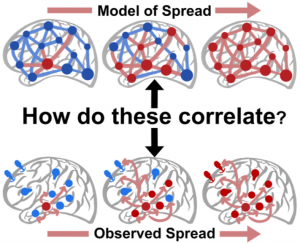
Approximately 30% of patients with temporal lobe epilepsy (TLE) do not respond to medication and may turn to surgical removal of the seizure-onset zone. However, 30-40% of patients who undergo surgery still may not achieve seizure freedom, in part due to imprecise localization of the seizure onset zone (SOZ).
Andy Revell, an M.D., Ph.D. candidate in the Davis Lab, aims to develop techniques which more accurately predict the SOZ through his work on graph theory, which he presented this week at the 2019 ICTALS meeting.
By using high resolution imaging of fiber networks in epilepsy patients, Revell developed neural network models that predict how a seizure may spread throughout the brain. He plans to further develop these models with the goal of accurately predicting SOZ and surgical outcomes in individual patients, as developing a greater understanding of epileptic networks and how the spread of seizures relates to the SOZ may provide critical information to clinicians during the surgical planning process.




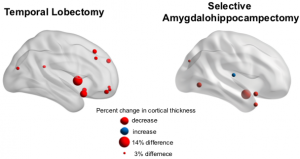
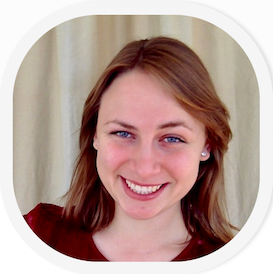

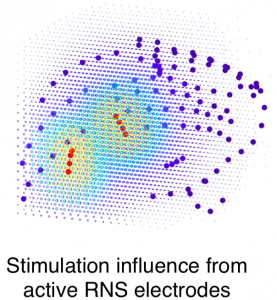


 Preya Shah, M.D., Ph.D., a former student in the Center for Neuroengineering and Therapeutics, published a paper on Friday in Brain highlighting the contributions of neural structure to functional networks in epilepsy.
Preya Shah, M.D., Ph.D., a former student in the Center for Neuroengineering and Therapeutics, published a paper on Friday in Brain highlighting the contributions of neural structure to functional networks in epilepsy.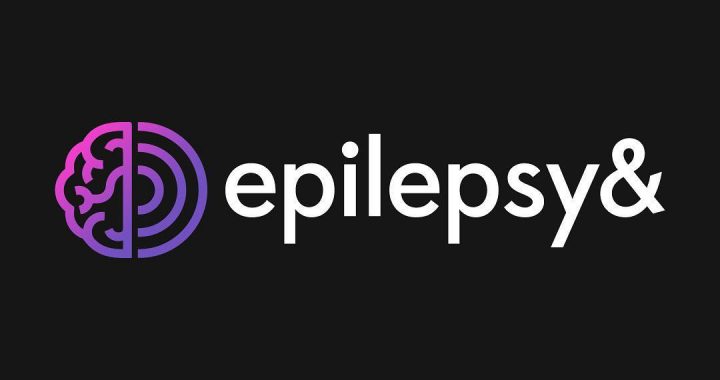

 Dr. Preya Shah, PhD, an former MD/PhD student in the Center for Neuroengineering and Therapeutics, published a paper on Monday in Human Brain Mapper with research completed as part of her doctoral thesis. This article, entitled “Structural and functional asymmetry of medial temporal subregions in unilateral temporal lobe epilepsy: a 7T MRI study,” provides insights on how 7T MRI can be used in localizing brain network disruptions in mesial temporal lobe epilepsy (TLE) patients and consequently in distinguishing between TLE subtypes.
Dr. Preya Shah, PhD, an former MD/PhD student in the Center for Neuroengineering and Therapeutics, published a paper on Monday in Human Brain Mapper with research completed as part of her doctoral thesis. This article, entitled “Structural and functional asymmetry of medial temporal subregions in unilateral temporal lobe epilepsy: a 7T MRI study,” provides insights on how 7T MRI can be used in localizing brain network disruptions in mesial temporal lobe epilepsy (TLE) patients and consequently in distinguishing between TLE subtypes.